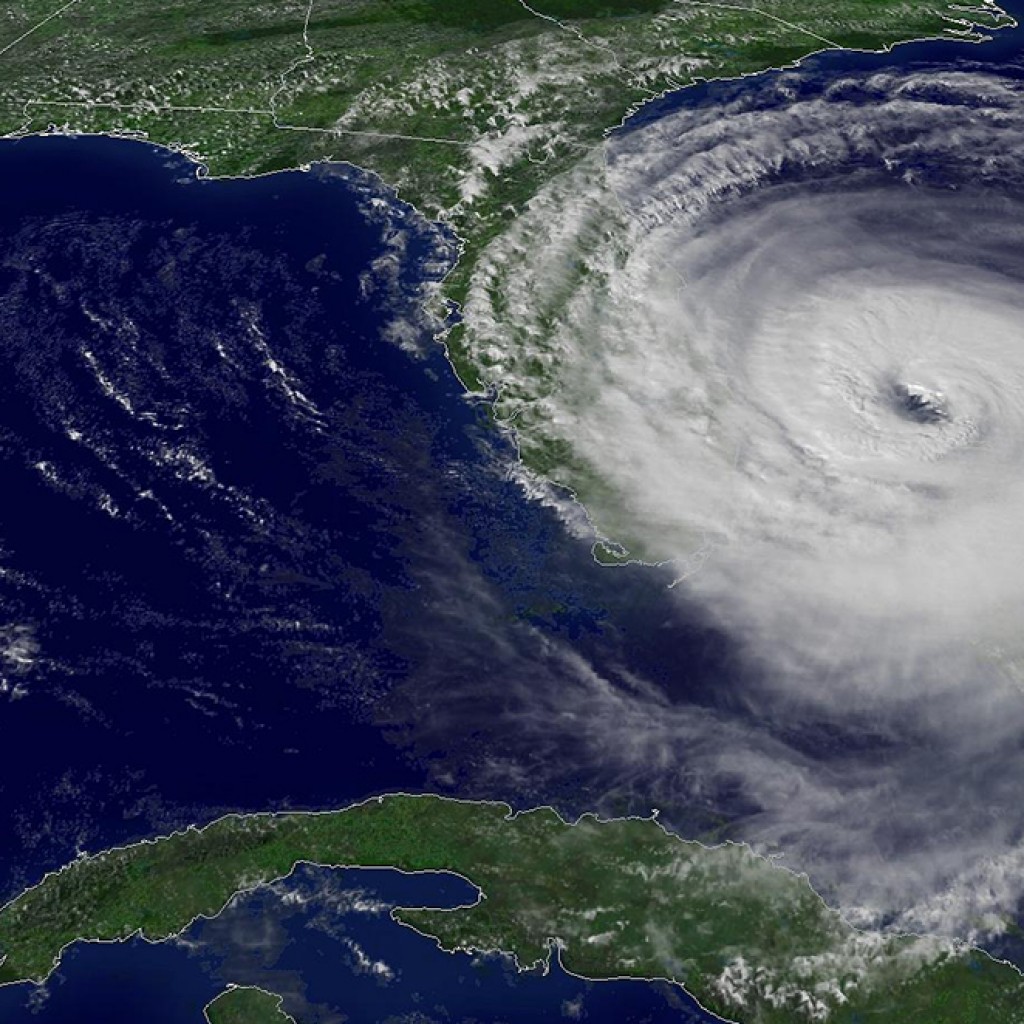
You’ve heard of political gerrymandering. It’s all over the news these days as Florida courts take the Legislature to task for its failure to follow the line-drawing rules.
But now it appears there is – or shortly could be – a practice that could be described as hurricane gerrymandering. If this strangeness comes about, blame the late, not-so-great “Hurricane” Erika.
At one point in August, nearly all of Florida was in Erika’s Cone of Uncertainty (or, as I like to think of it, the Cone of Death!) The National Hurricane Center’s cone/track showed the storm crossing the Atlantic and achieving hurricane status just before making landfall in the vicinity of Broward and Palm Beach counties.
Nothing of the sort happened. The storm died after impaling itself on Hispaniola. The good people of Florida now are miffed that they were led to worry about a storm that didn’t, if fact, hit them.
The South Florida Sun-Sentinel reported that the backlash is so great the National Hurricane Center is considering major changes to the way it warns folks that hurricanes might strike.
Oddly, though, the NHC isn’t going to warn fewer people. It’s going to warn more people. Which means, by default, that more people are bound to be disappointed (if that’s the word) when the storm passes them by.
The NHC says the basic problem is that people don’t understand the level of uncertainty inherent in its forecasts. It says the forecast for Erika was particularly uncertain. It blamed the media (of course) for failing to emphasize that the NHC was, y’know, kind of scratching its head over this one.
To correct this problem, according to the Sun Sentinel, “The size of the Cone of Uncertainty, the hurricane center’s most viewed graphic, may be adjusted to reflect the level of confidence in a forecast. The larger the cone, the lower the confidence, and vice-versa.”
Ta da! Problem solved. Or, um, not.
How does it help if, instead of just covering all of Florida, the NHC cone throws in, say, Cuba, Georgia and the Gulf Coast over to Louisiana?
Here’s the real problem: The National Hurricane Center doesn’t know how to write a clear report. I’ve been reading the NHC’s storm “Discussion” bulletins since before we got walloped by Frances, Jean, Wilma, et al. They are poorly written, filled with fudging and jargon. They frequently end with a phrase like, “Confidence is lower than usual.”
And it works both ways. Sometimes you don’t get hit when you think you will; sometimes you get walloped when you’re not expecting it. In 2013, Tropical Storm Isaac’s rainfall inundated South Florida, causing major flooding and millions in damage even though the storm was projected to hit nowhere near the area. The NHC tried to claim that its vague wording, for example that, “Hazardous conditions can occur outside the cone,” should have provided sufficient warning.
Bull.
Look, everyone in hurricane-prone areas should understand that it’s tough to predict the weather. But the folks who do the predicting have to do a much better job explaining what they’re up to. For starters, don’t let the weather geeks write the bulletins that are supposed to inform the public.
And don’t rely on the “professional” weather “forecasters” who work for TV stations. For one thing, they’ve got a history of hyping. For another, more and more people are becoming their own weather experts, using the Internet to access, read and interpret the official bulletins for themselves.
When the forecast is uncertain, say so in no uncertain terms, and say it up front. The NHC might be aiming toward that, since another possibility mentioned in the Sun Sentinel story is that “Talking points may be added to the center’s Public Advisory or the Forecast Discussion to further highlight uncertainty and allow hurricane specialists to explain the atmospheric factors at play.”
The talking points would be a good idea. Letting the weather geeks “explain” anything probably will do more harm than good, if you want the general public to understand what’s being said.
Whatever else the NHC does, though, it would be a mistake to blow up the Cone of Death into a blob that needlessly “warns” entire states.
The only thing that would accomplish would be to let the NHC contend that its forecasters had warned the small percentage of people who actually do get hit (if any).
That would turn the Cone of Uncertainty into the Cone of CYA.
Jac Wilder VerSteeg is a columnist for The South Florida Sun Sentinel, former deputy editorial page editor for The Palm Beach Post and former editor of Context Florida.



